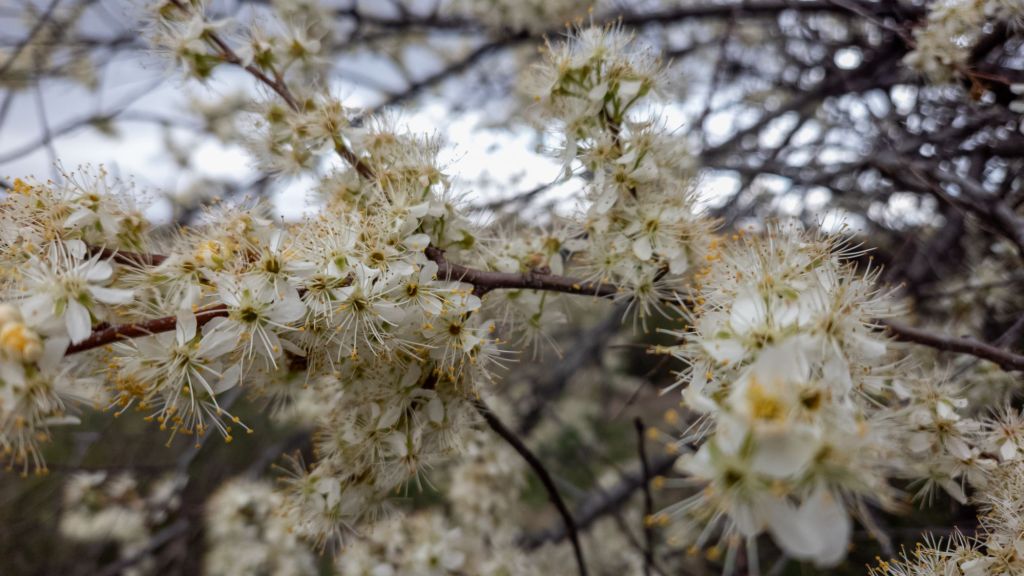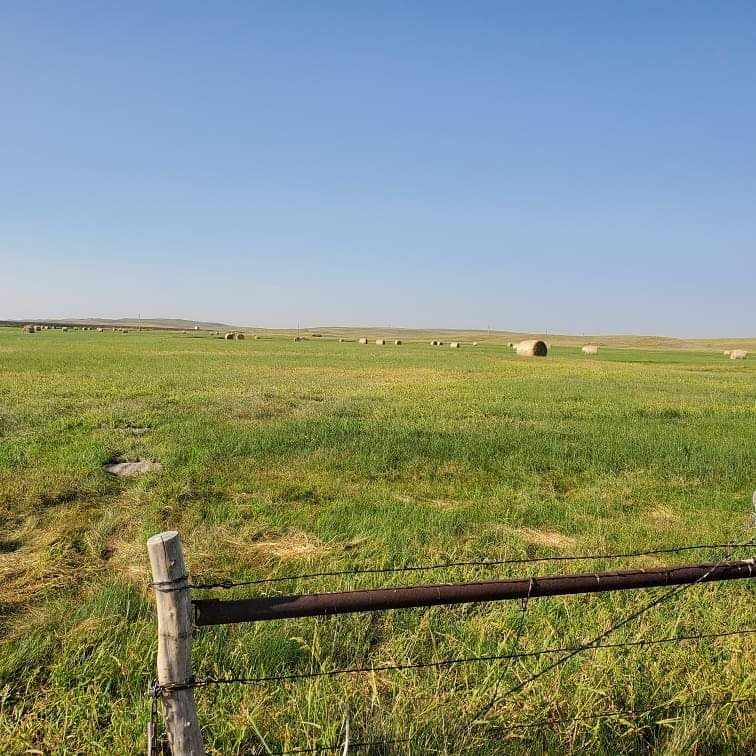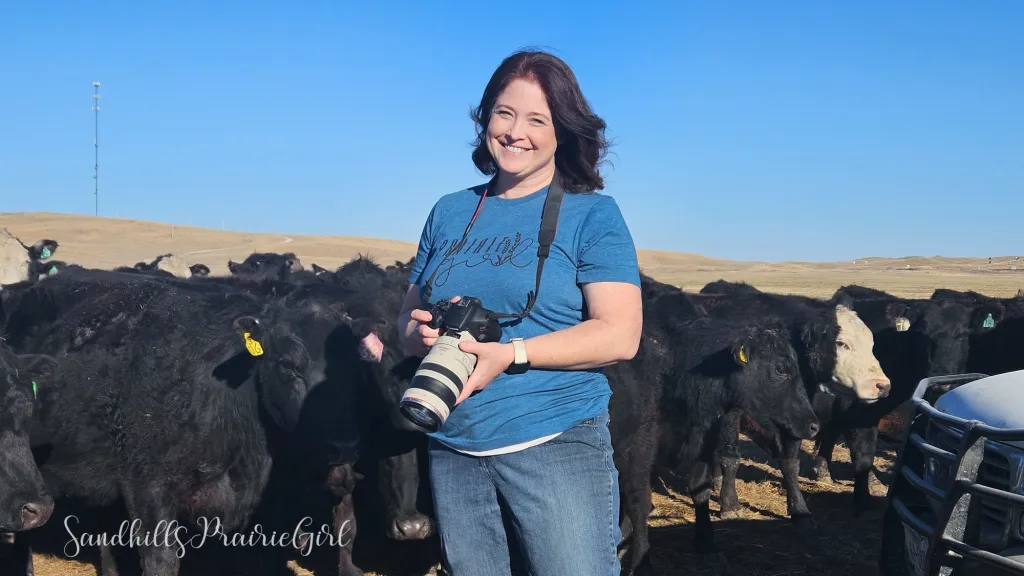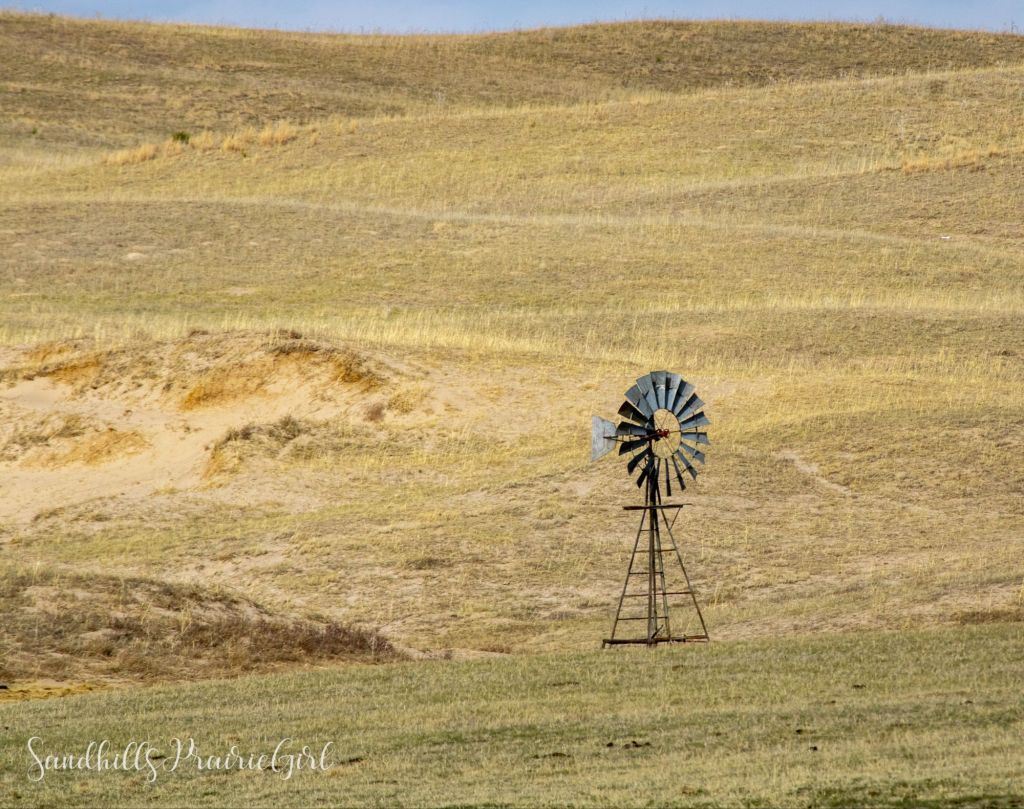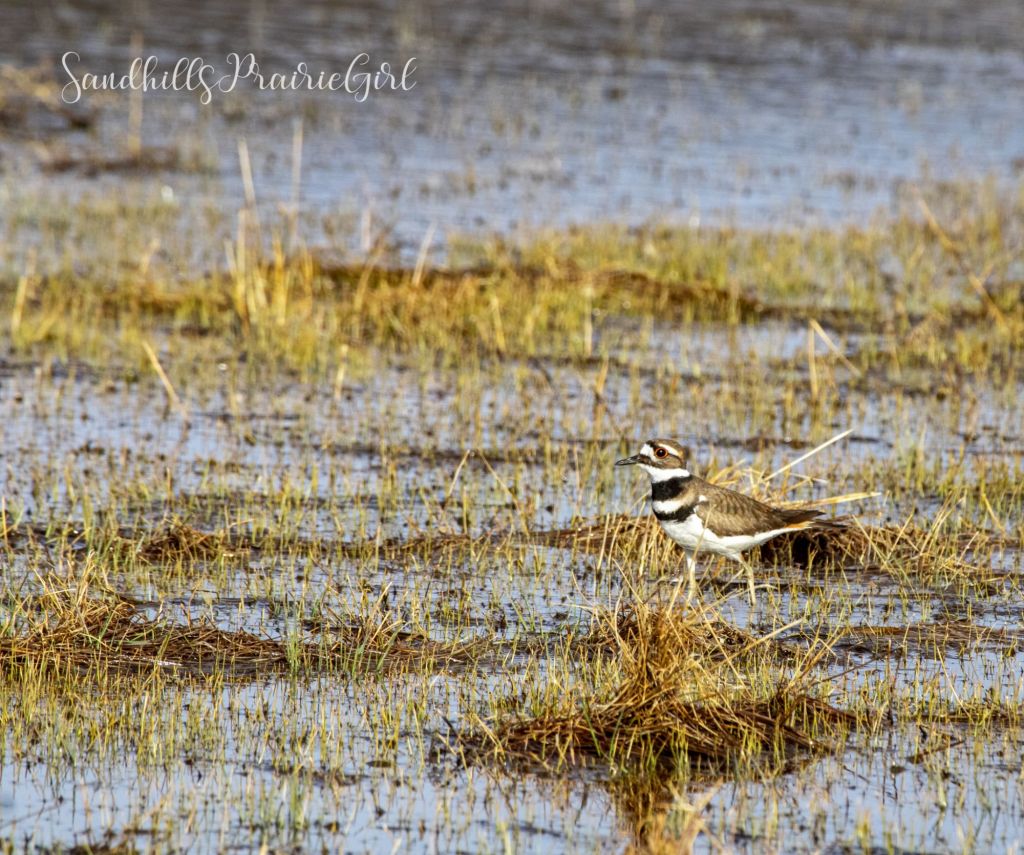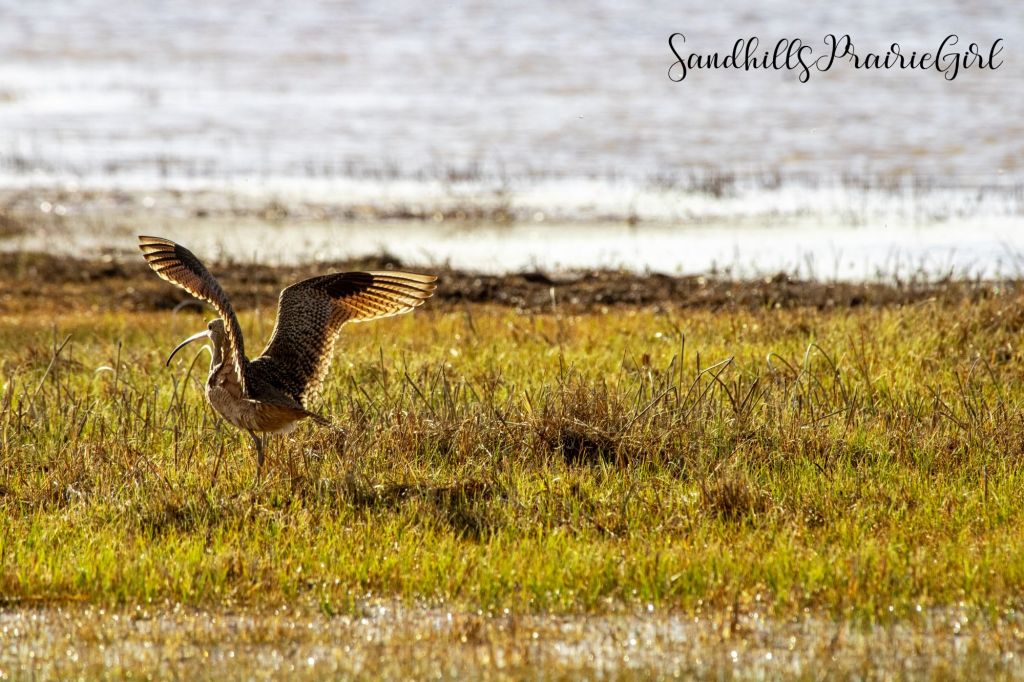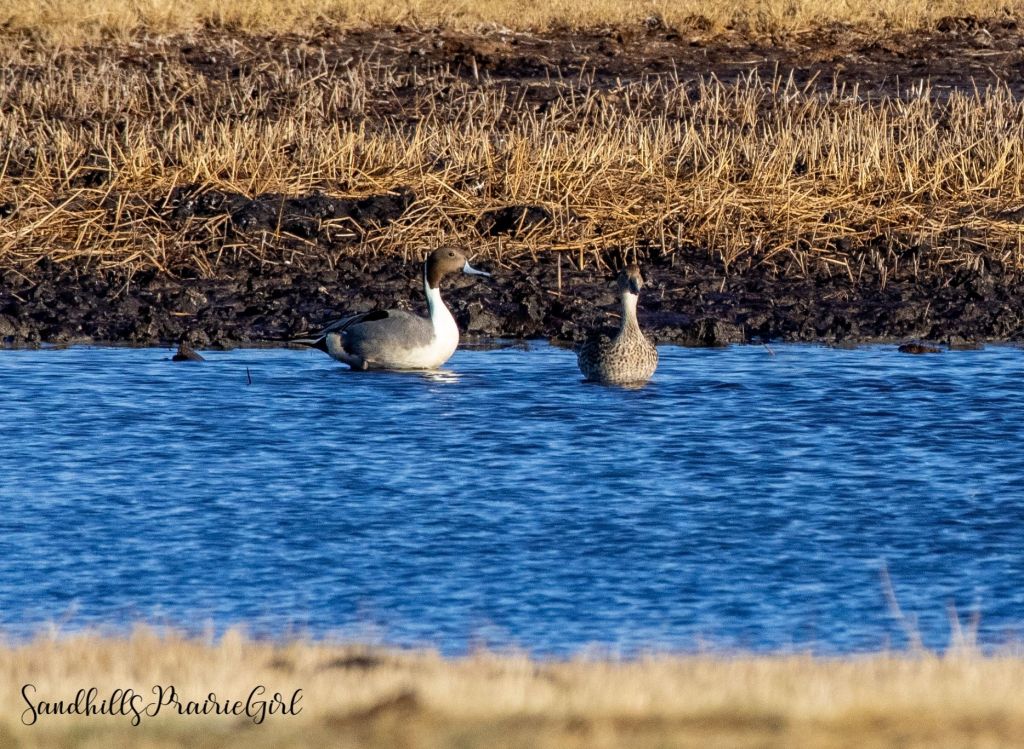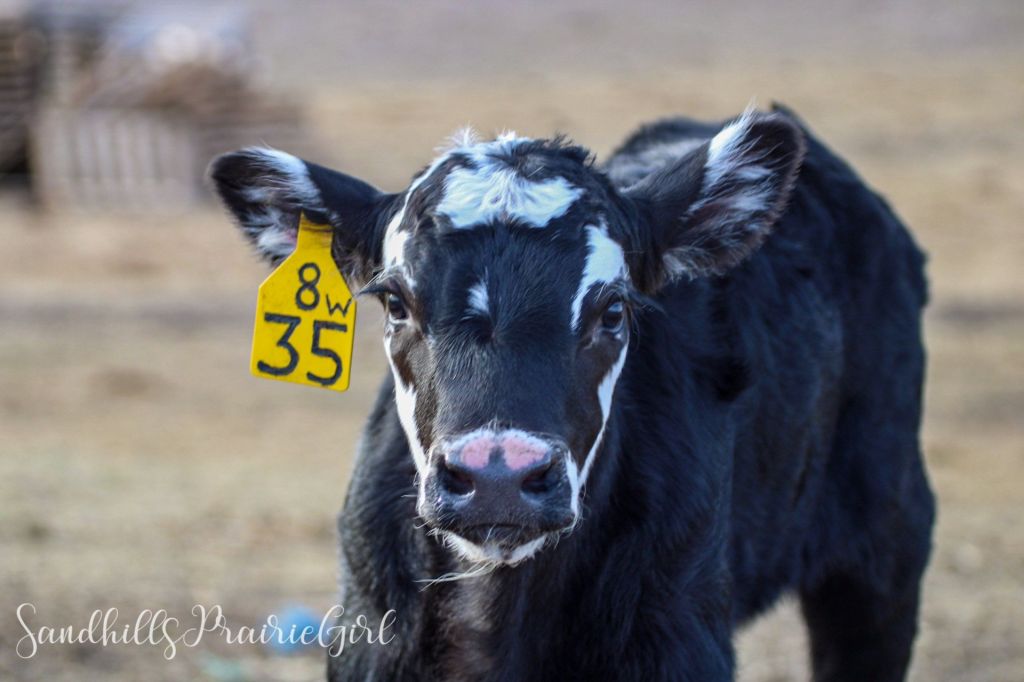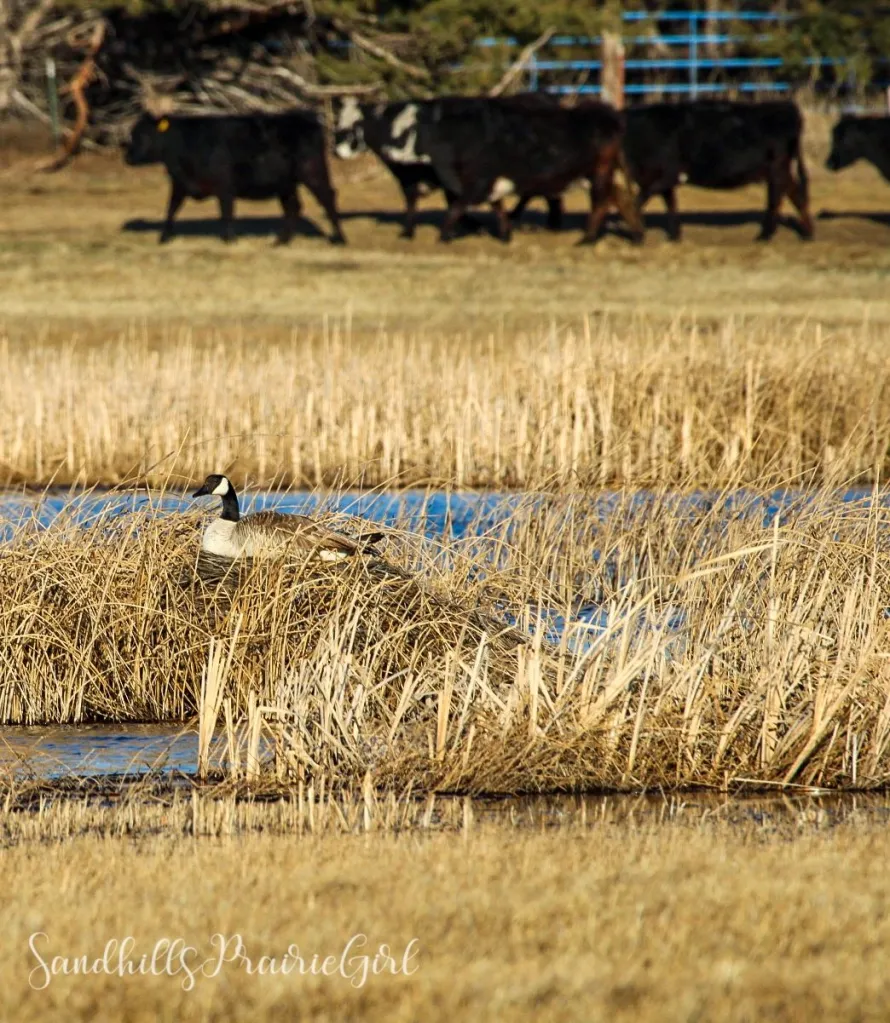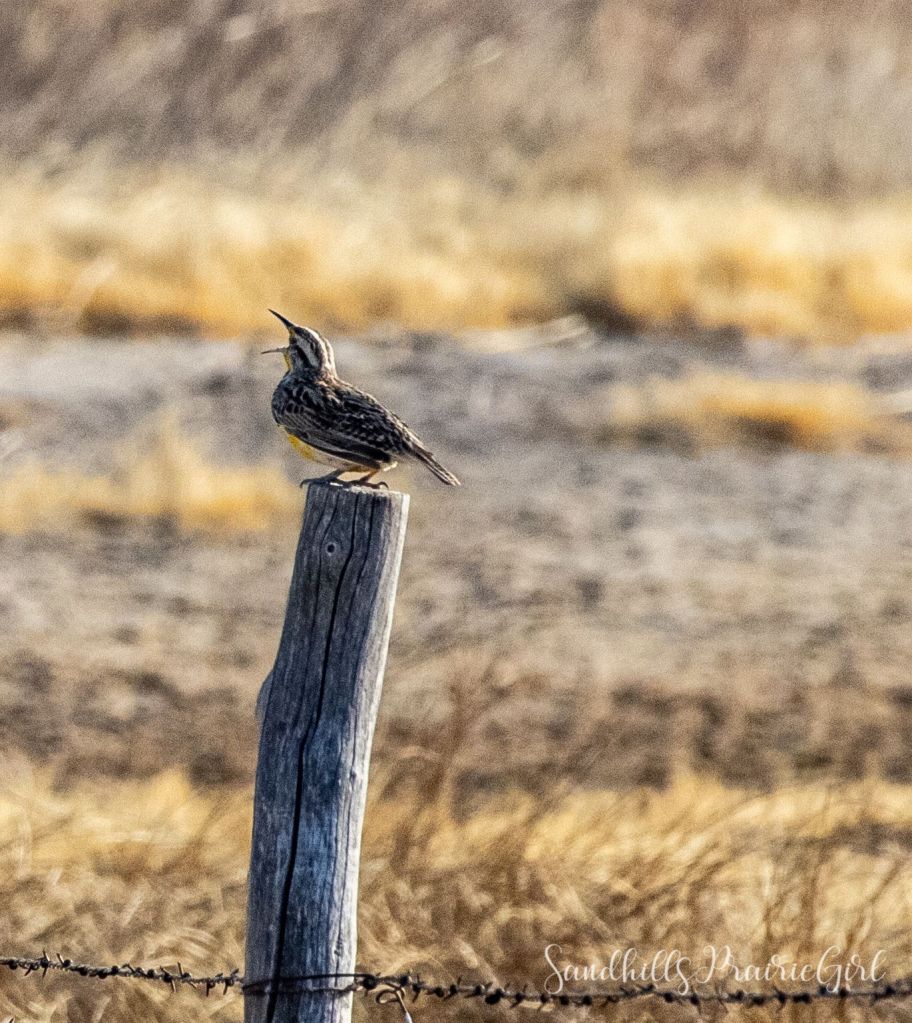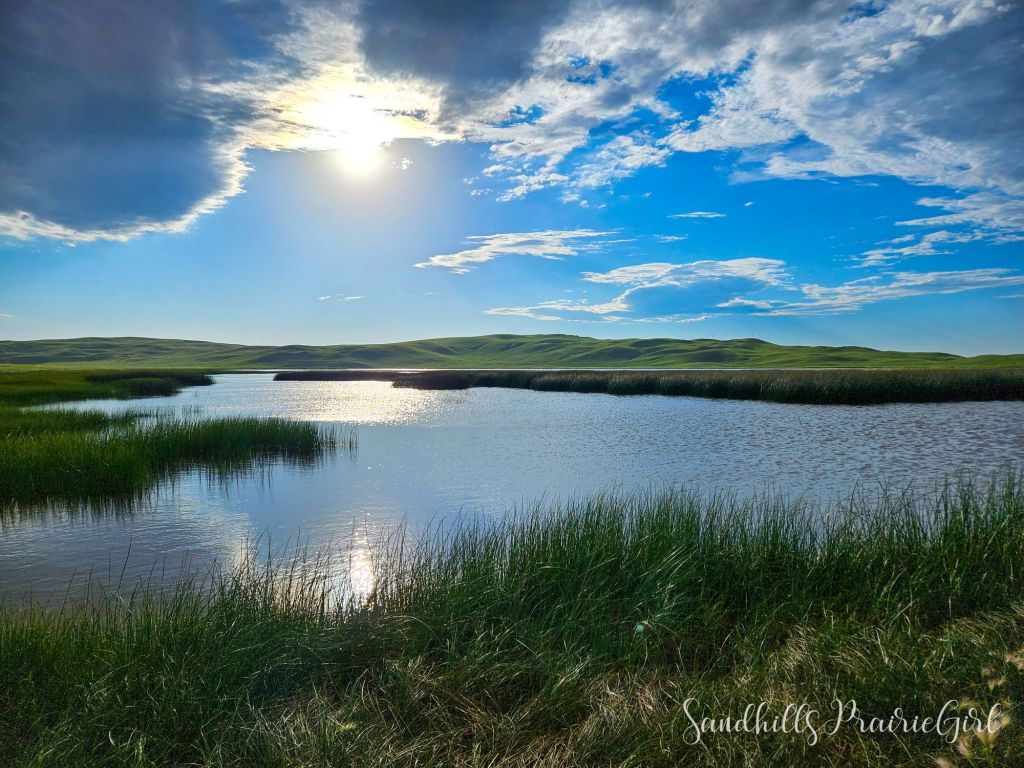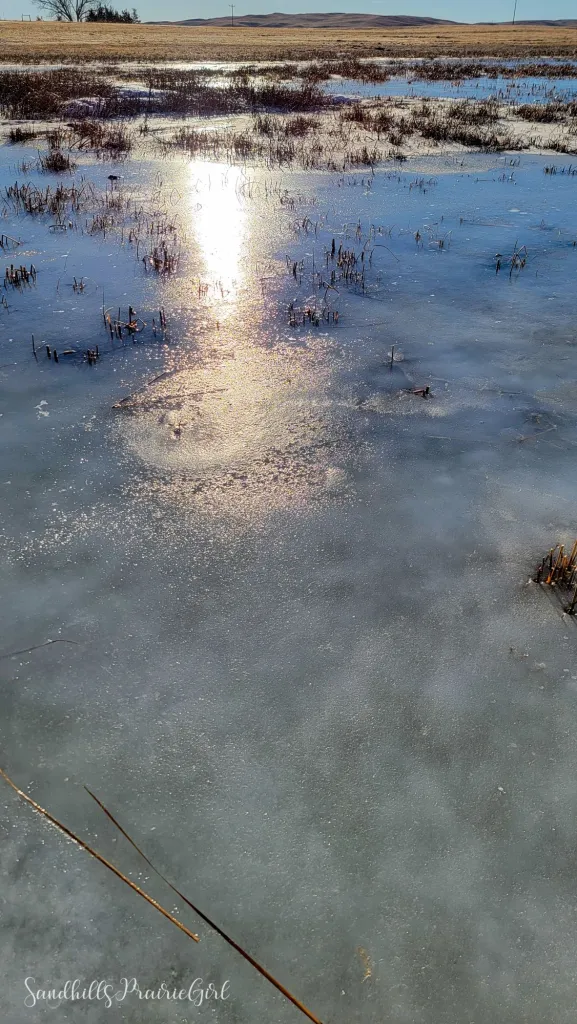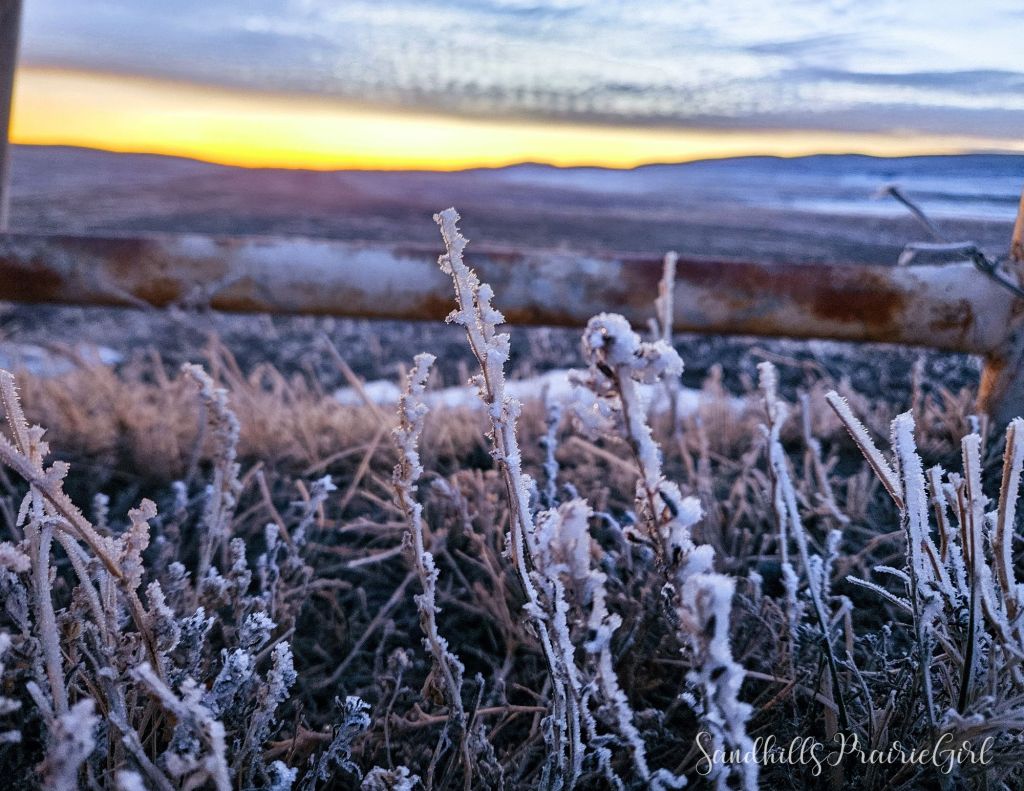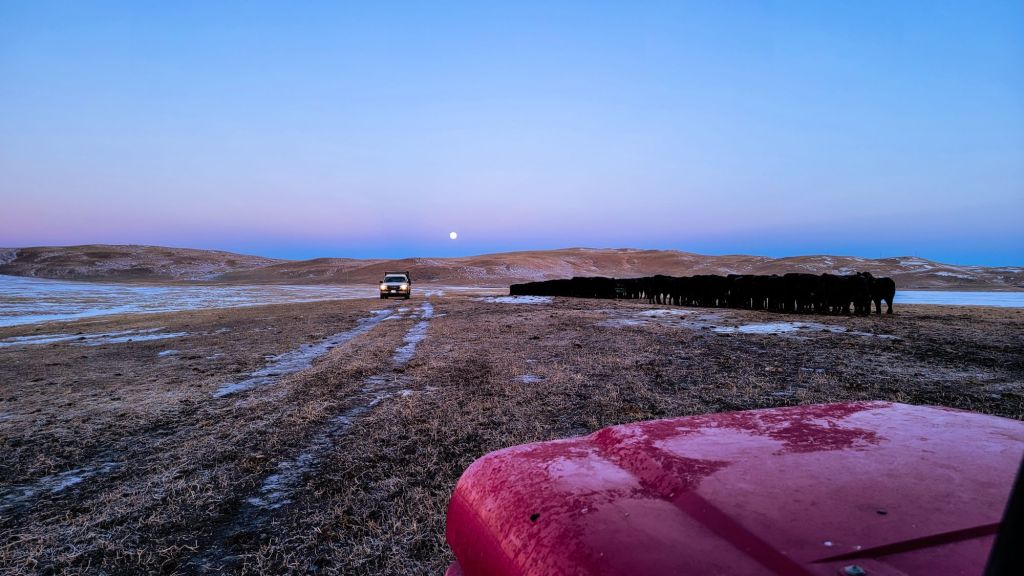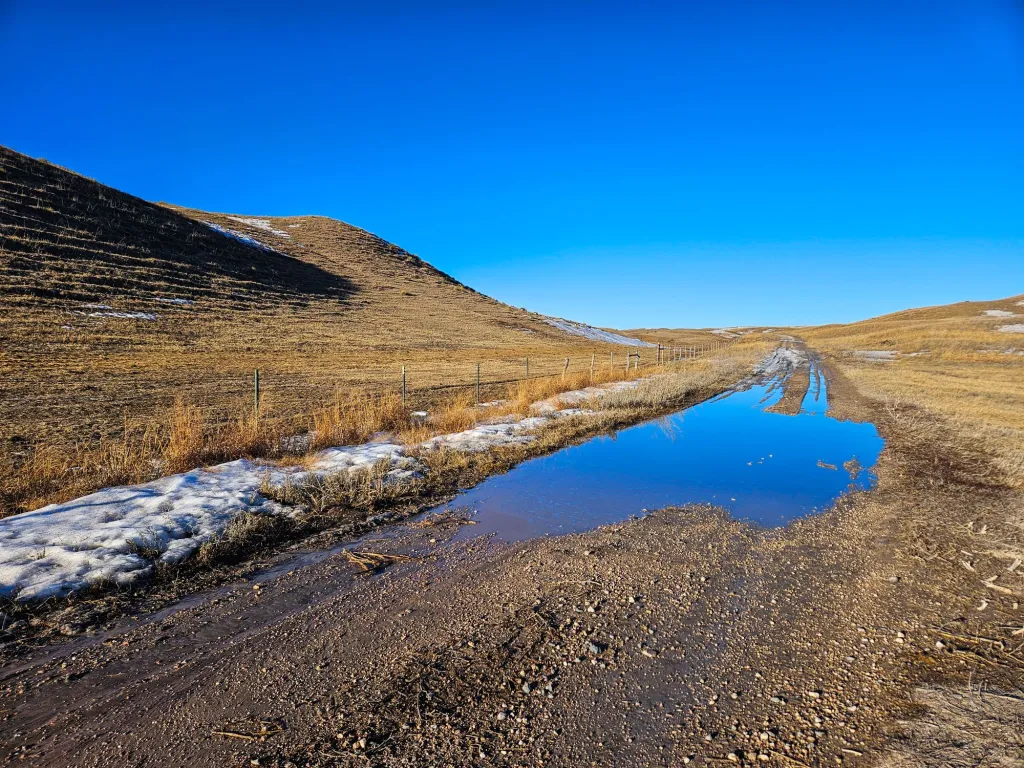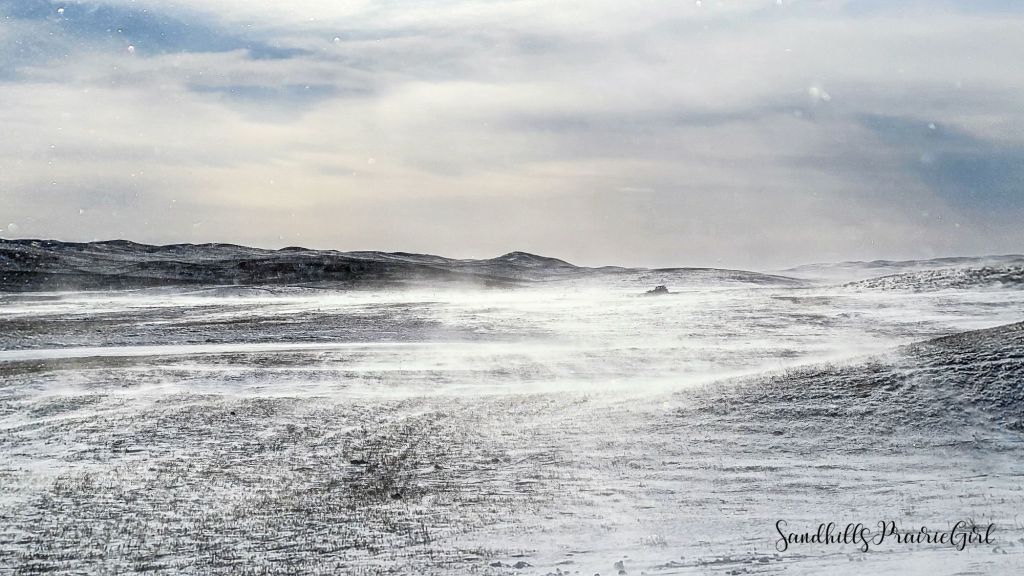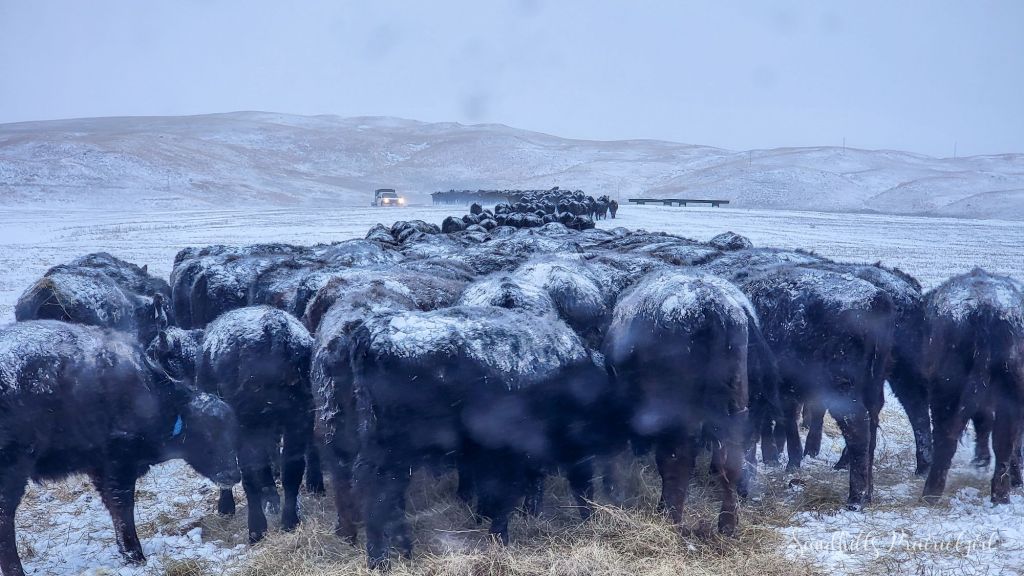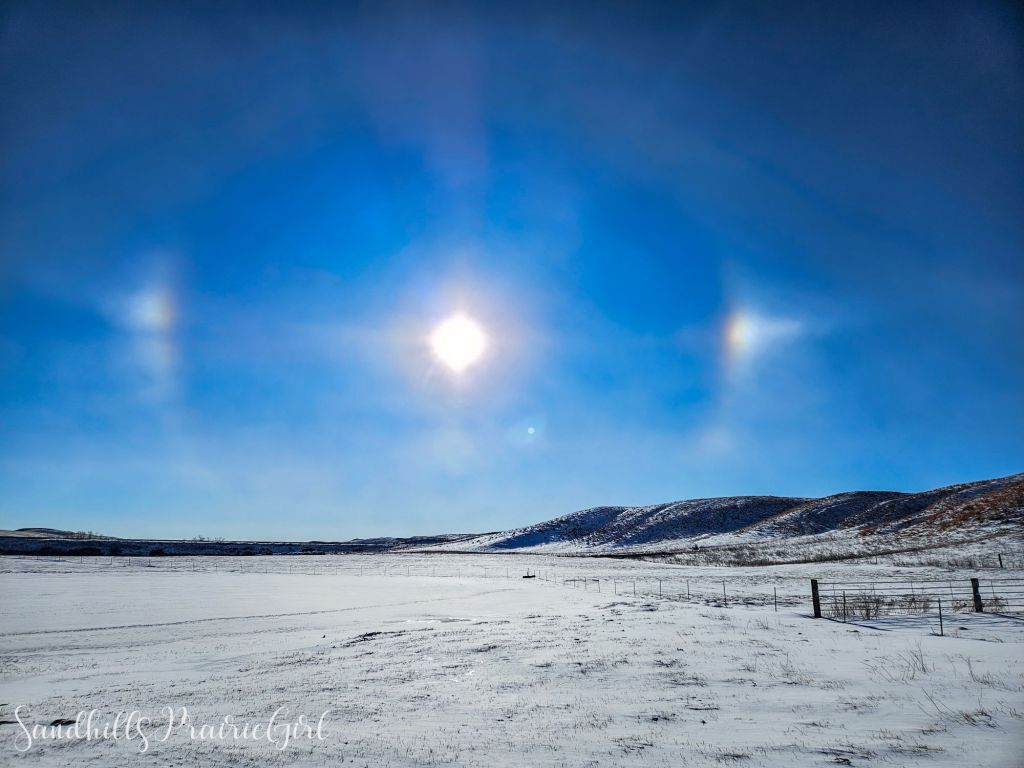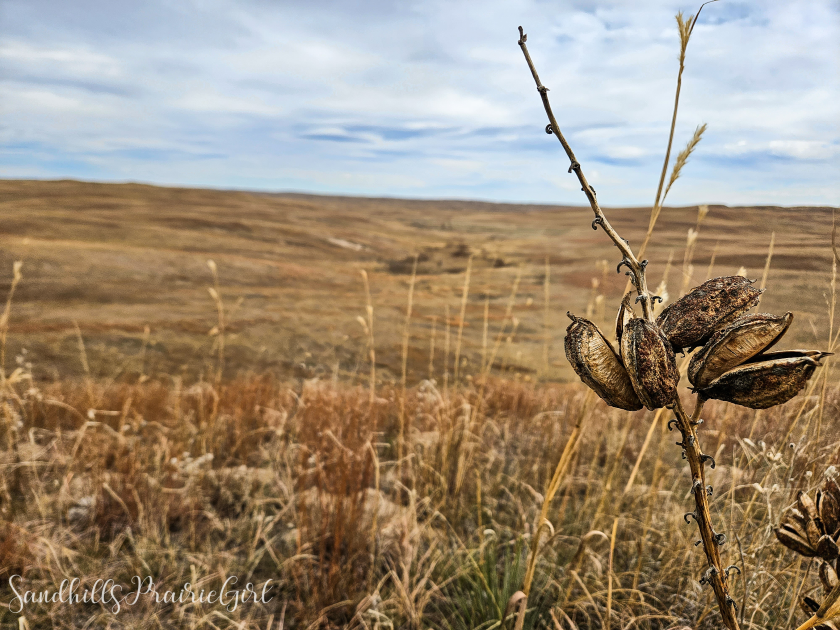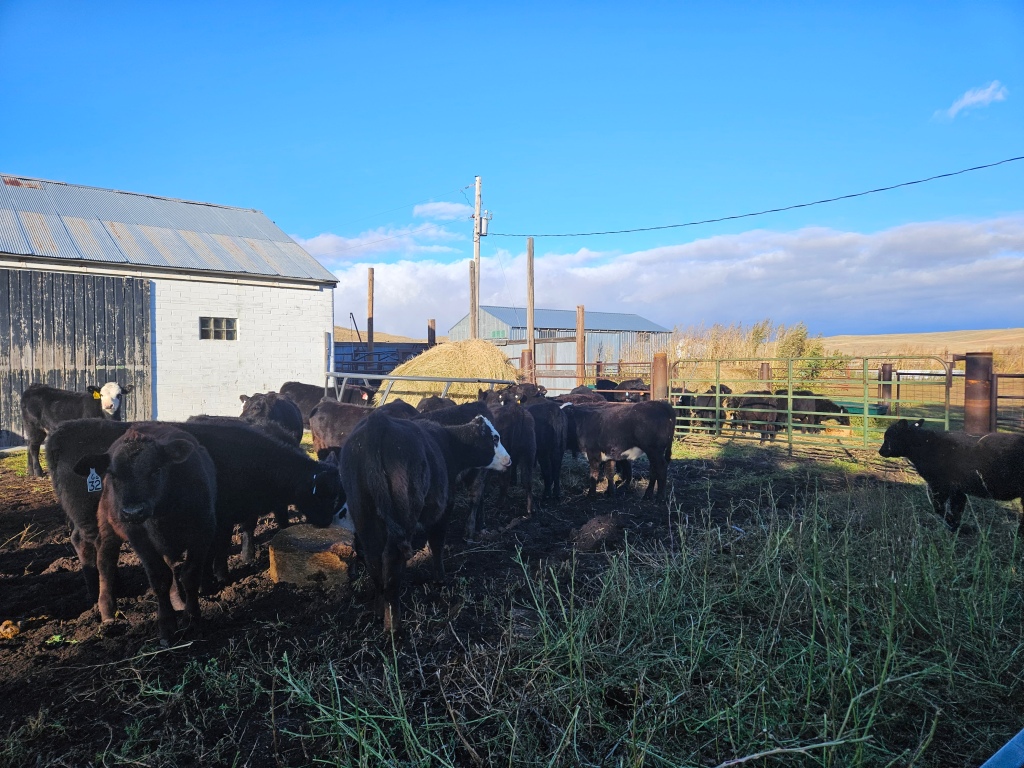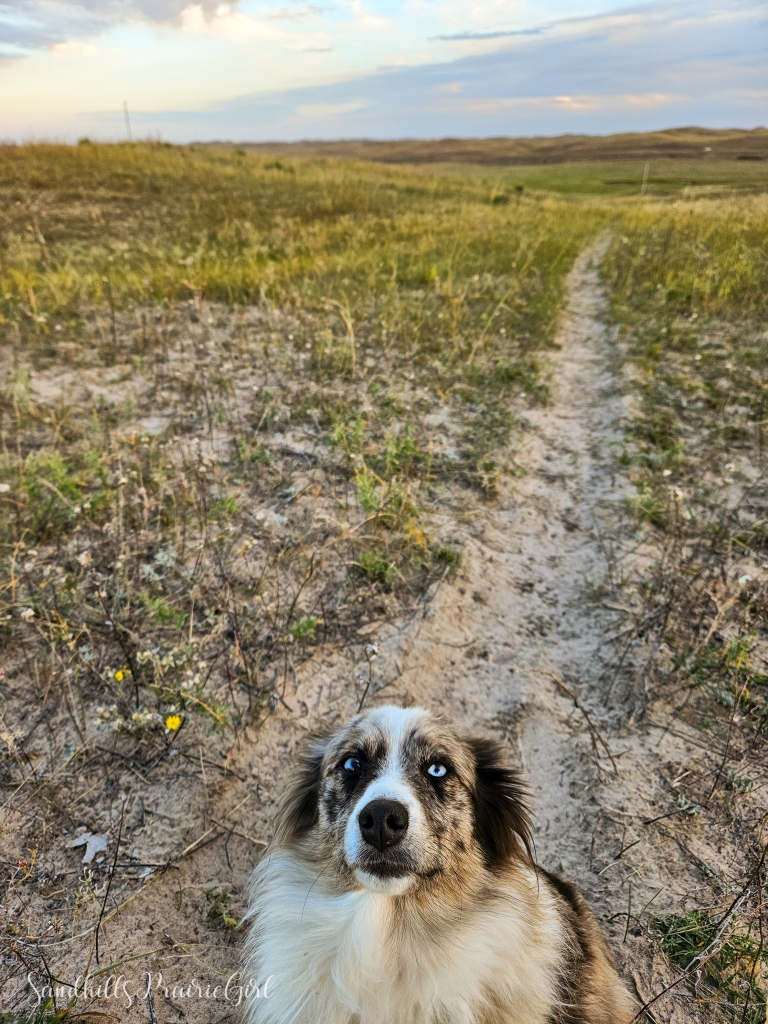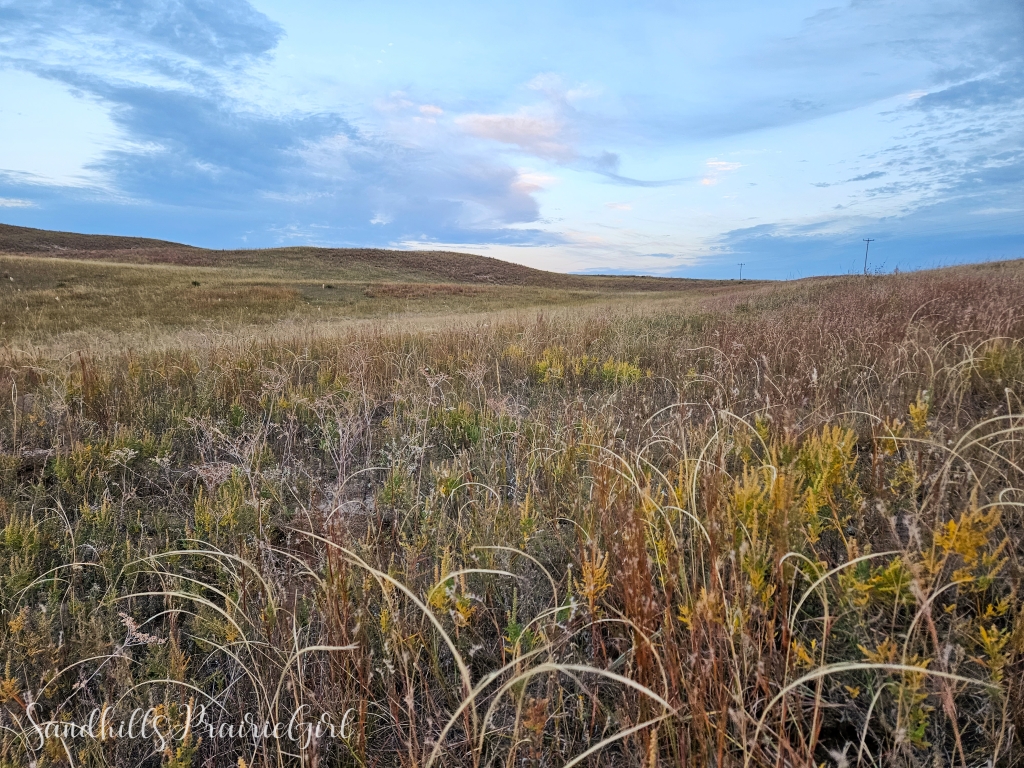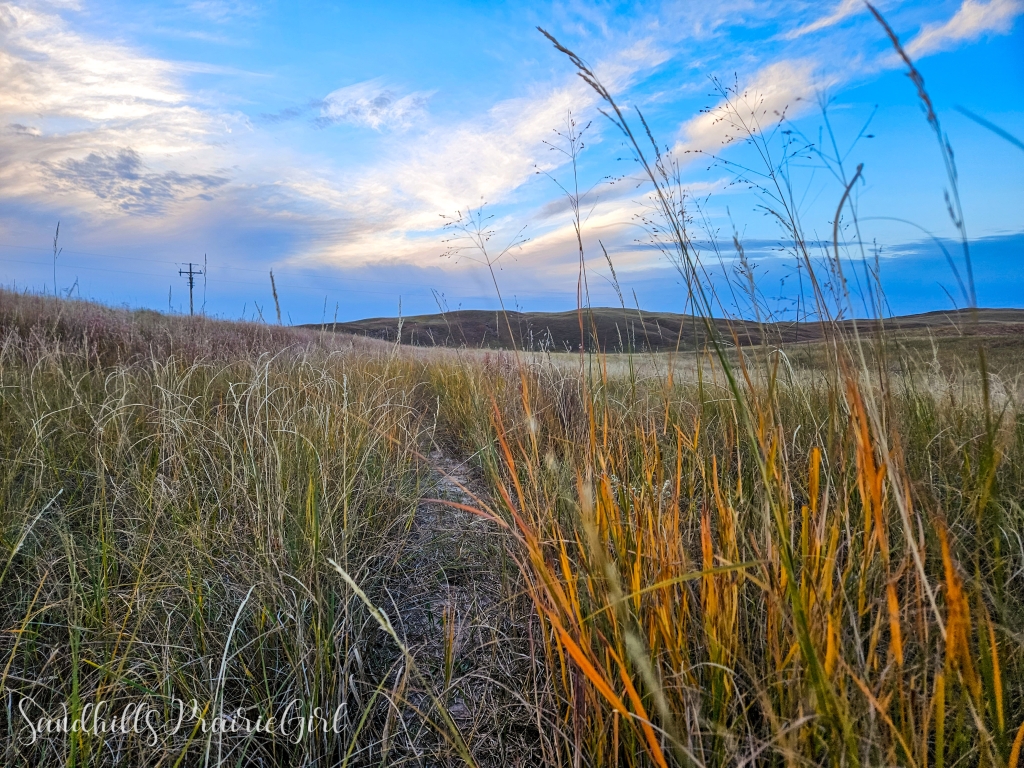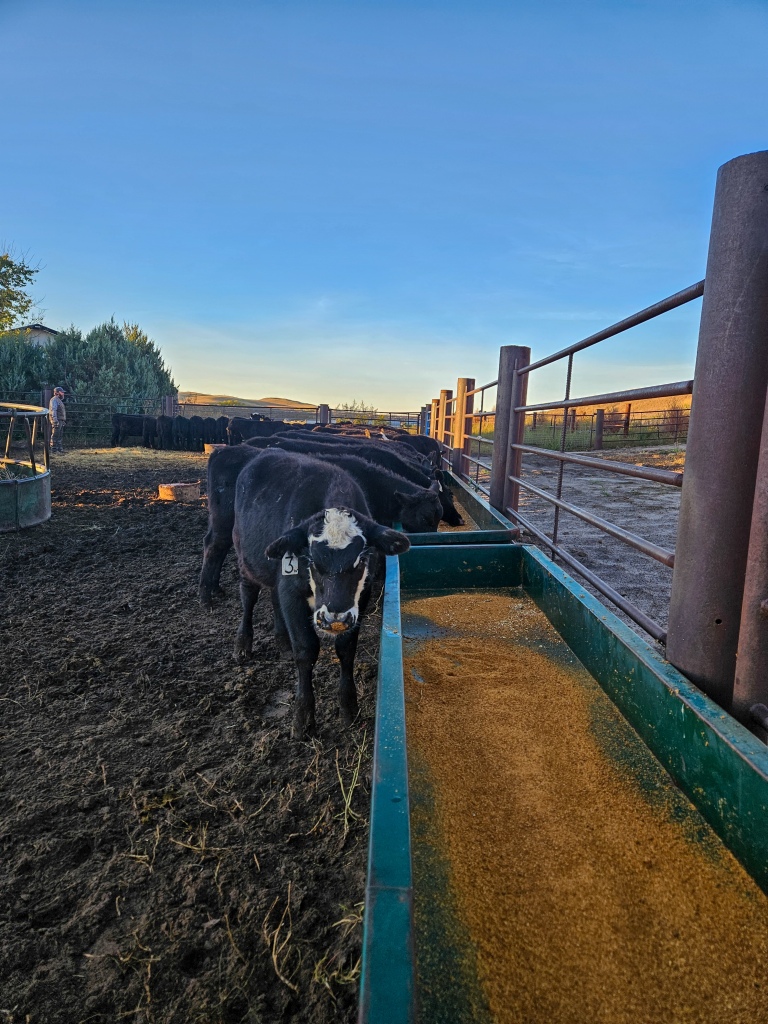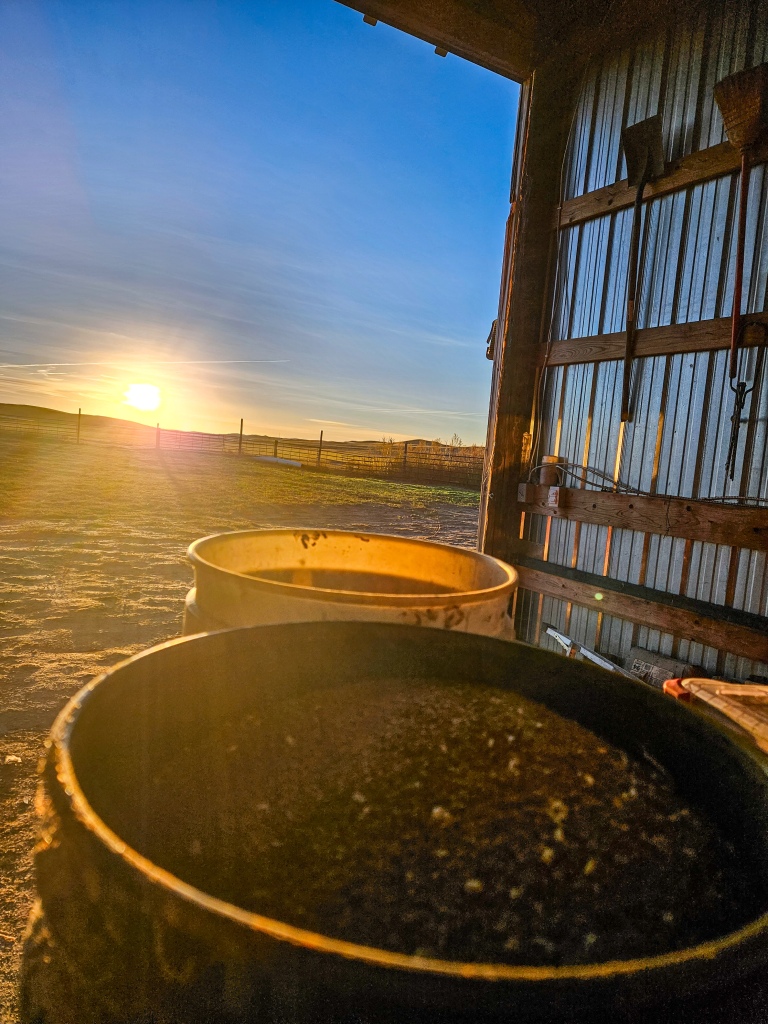“And the heady perfume of the wild plum in blossom, drifting through an open window to braid itself softly about us, all wildness itself — how it carries us back further, to a time before history, to a place through which we grope our way, longing for something we cannot quite define, waving a peeled and painted wand with a packet of tobacco tied to its end. Oh, dear fragrance on the swollen river of spring, sweet wistfulness turning and turning on the speeding black current.”
~Ted Kooser, Local Wonders
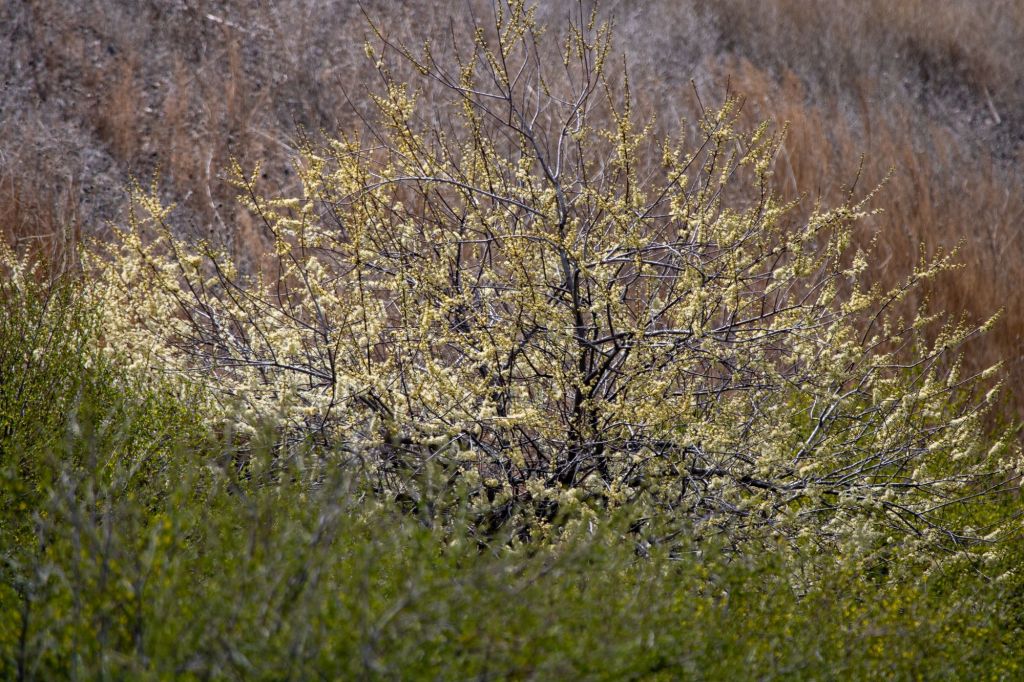
Late April.
When the wind isn’t whisking the air north to the Dakotas or south to Kansas, the scent of blooming trees and shrubs finds its way to my nose. Plums, crabapples, and currants unfurl delicate petals among spiky branches and perfume the sky.
If scents could sing praises, if smells could pour forth melodious sonnets of verse, surely the fragrance of the wild plums blooming in the spring would top the list of odes.
Near ranchsteads, houses, and old homestead sites, wild plum trees and currant bushes dot the Sandhills. They sit at the edges of the highways and along the railroad tracks. Jon says they like the sandy soil. Did they always grow here? Did birds plant them with their droppings? Or was it something that came with the homesteaders, like the rhubarb?
In previous years, I’ve made jellies from the plums and the currants. The currants ripen first in July. Tiny, hard green balls swell and ripen — first to a jeweled rose, then a purple so deep it’s almost black. They burst tart and astringent in the mouth; my son and I and the dog eat them by the handfuls.
In August, the wild plums ripen. Small, smooth-skinned, blushing fruits reveal juicy, tangy orange flesh surrounding a tiny pit. We spit the pits, but the coyotes don’t. They love plums. They gobble up the fallen and bruised fruits from the ground. Many fruits never make it as far as the ground, though; birds snatch them up before we and the coyotes find them.
I boil and juice both fruits for jelly, but Jon’s dad loves a currant pie. His mother was a first-generation immigrant from France, a Kinkaid homesteader whose family was settled by Old Jules himself. She always told her son, if he picked a hatful of currants, she would make him a pie. I never did ask her for her recipe.

It frosts thickly, and the ground glitters white. I stop to check the plum tree out south two days later. A log near the tree hosts a dozen or more painted turtles, and I pause to appreciate their peaceful assemblage. The plum tree is still blooming profusely; perhaps the turtles have gathered on their wooden pew to pay homage to the majesty of scent.
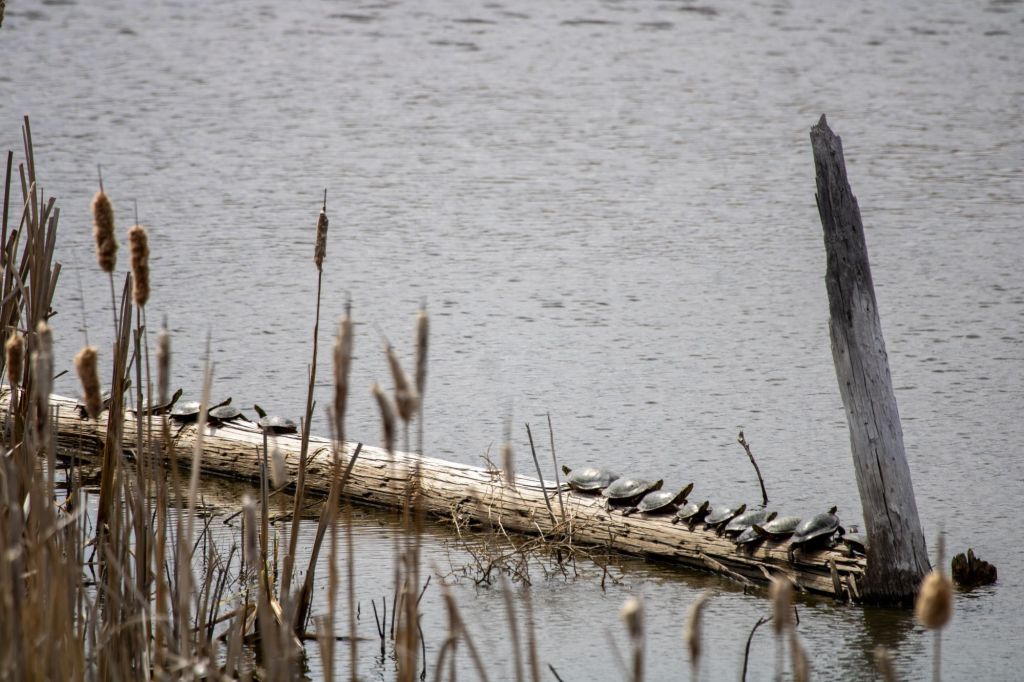
One stormy evening, I race to Ellsworth to the maternity ward. Jon is there, waiting for me with a new slick calf. For whatever rare reason, the umbilical cord didn’t seal correctly, and the calf is bleeding out from her naval. All that is stopping the calf from dying there on the meadow is Jon’s fingers pinching the cord shut. A little bubble of blood fills the cord above his fingers, a miniature blood balloon, ready to burst like a ripe fruit, and I hand him a clamp. His hand now free, he can tie the cord shut with string and give shots of Vitamin K and Excenel. We work together to save the calf, and he sends me back home after the job is done. As I drive, I see the rain clouds splitting and going around us. I look north, up the slanted slot of valley, and see sheets of white haze blanketing those far hills. When the rain goes around us, so close like this, Jon consoles me, saying, “That’s okay, we have pastures there too.” But I want it to rain here, now, on me and the currants and the plums.
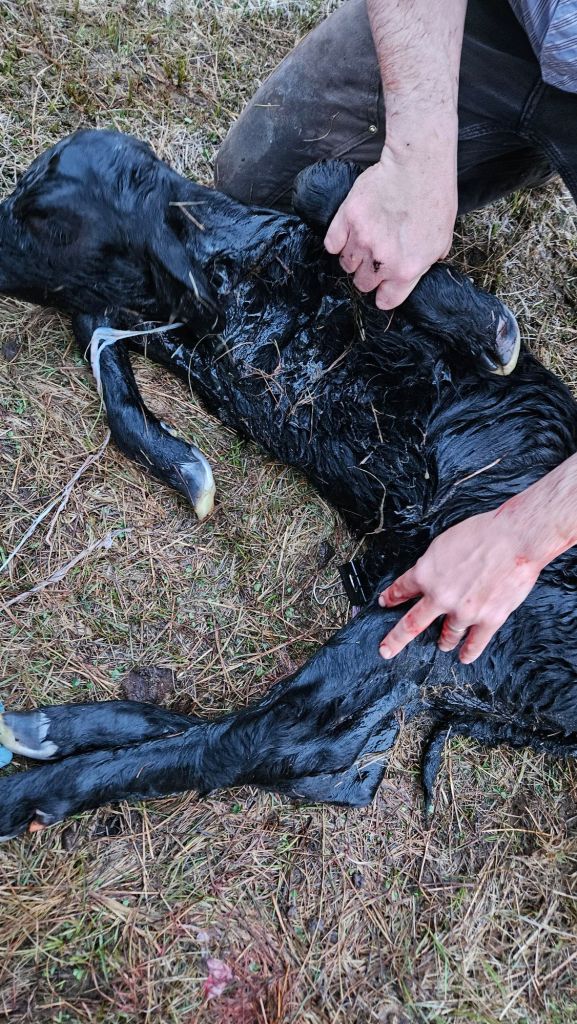
I wake up to rain. Rain — not snow — at the end of April. Winter has slipped quietly away this year, and spring came with all her propensities, including rain. Rain in town, rain in the pastures. Rain on me and my currants and plum tree.
I drive to town to teach, with the windshield wipers waving a wide greeting of glee at the moisture. Trees move down the highway. Huge evergreens fastened to large flatbed trailers. Somewhere, someone is planting trees today. A perfect day for it, I think, with all the rain. The trees zoom down the highway in the rain, their roots scooped out of the earth and free, going to another place, another time. South of the stackyard near my home, my plum tree stands. Steadily soaking the life-water into its roots. I want to be there, soaking it in, the scent of those wet blossoms permeating my roots.

I get home after a long day, and walk south of the stackyard to smell the plums. I’m forty-four years old, but a piece of me is forever ten. Forever a little prairie girl who wants to run and explore and catch butterflies and lay on her back and watch the clouds turn into a parade of animals. And right now, she wants more than anything to smell those plum blossoms.

The tree is still wet, even though the rain has ceased. The aroma hits my nose like a punch and goes straight to my gut. It soaks deep into my roots, and I can feel it in me, pulling and tugging at all wild wistfulness as Kooser said it would. I smell and remember — not merely my time, but yours. Your Sandhill spring. With the currants and the rain and the calves and the wind. And with the turtles on their log, I offer up a hymn of praise for this hallowed fragrance of time.
